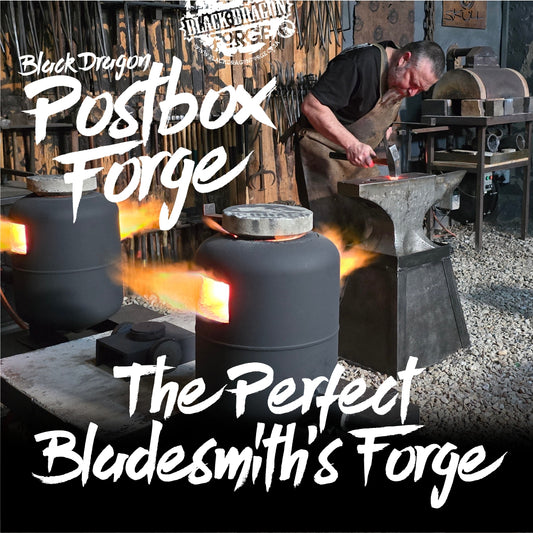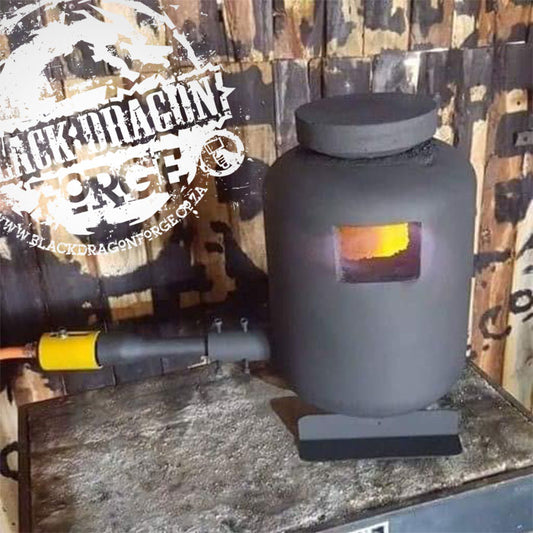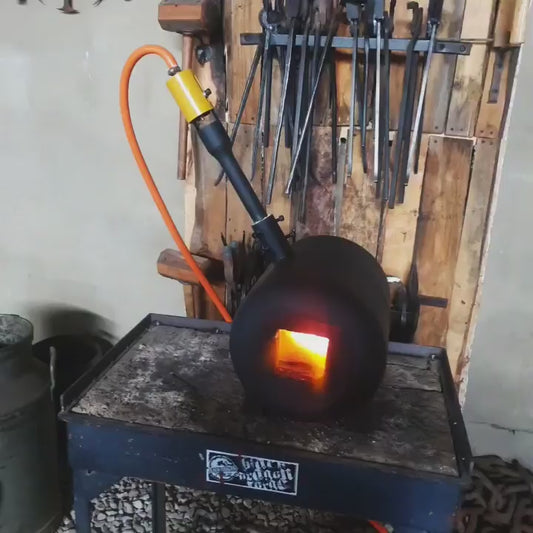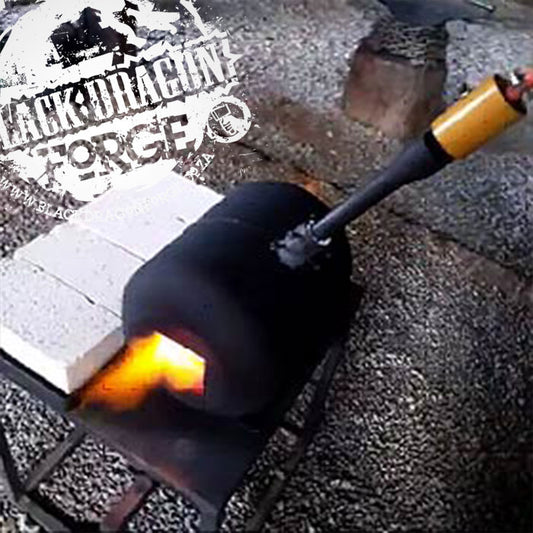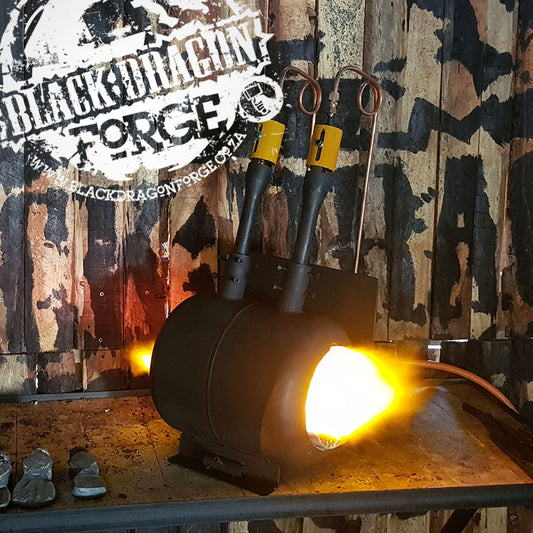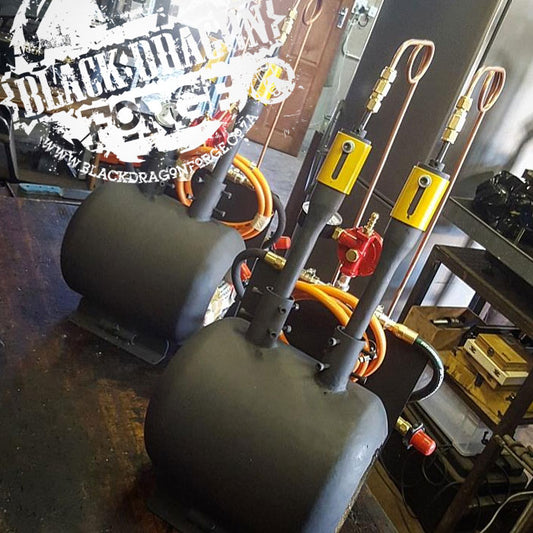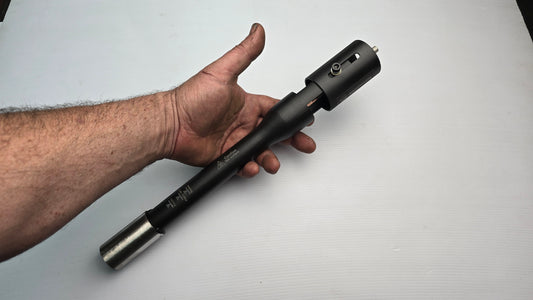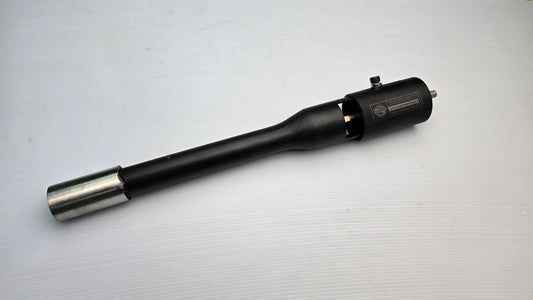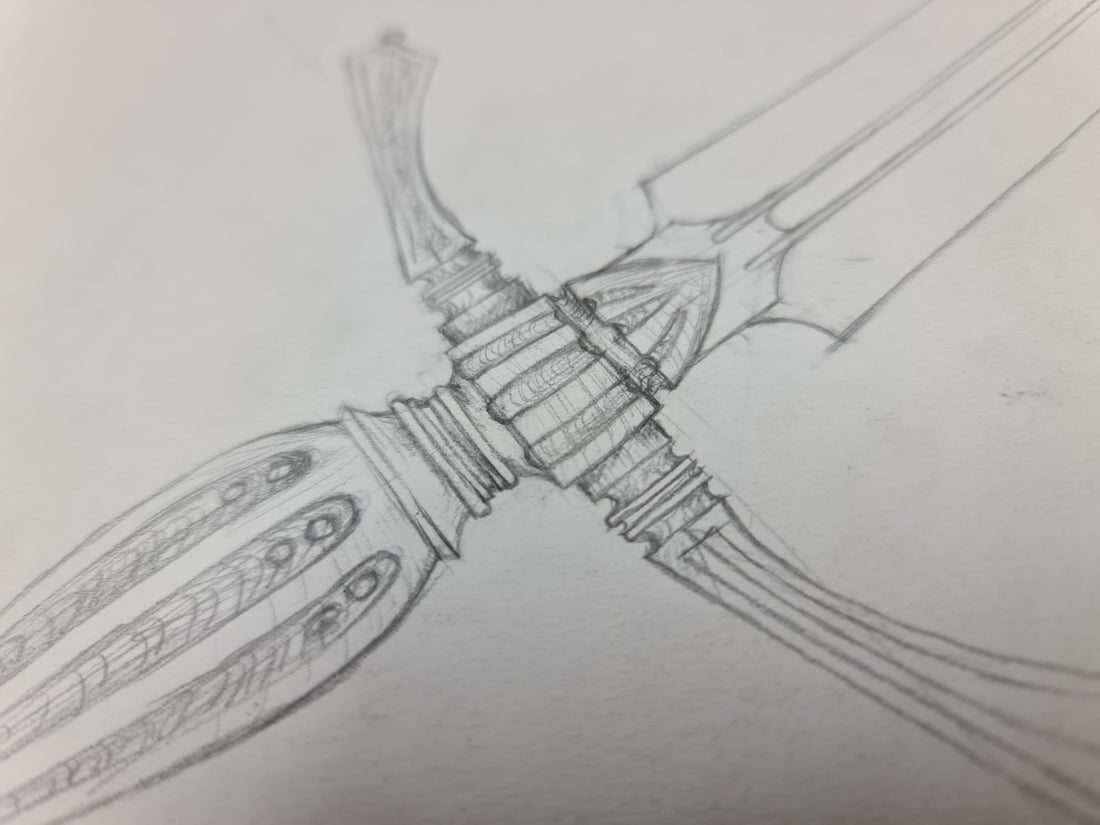
The Art of Knife Design: Striking a Harmonious Balance
Neels Van Den BergWhen it comes to knife design, it's not just about creating a sharp and functional tool; it's also about crafting a work of art that embodies the principles of design. Balance, emphasis, rhythm, and unity are the cornerstones that elevate a simple knife into a masterpiece. In this article, we'll delve into the world of knife design and explore how these design principles can be expertly applied to create knives that are both visually stunning and highly functional.
Balance: Finding Equilibrium
Understanding Balance in Knife Design
To achieve balance in knife design, it's essential to distribute the weight of the blade and handle in a way that feels comfortable and natural in the hand. Imagine holding a well-designed knife—it should feel effortless, as if an extension of your arm.
The Role of Center of Mass
The center of mass is a pivotal aspect of balance in knife design. Placing it too far forward or backward can disrupt the knife's equilibrium and hinder its performance.
Balancing Aesthetics and Functionality
Achieving balance isn't just about physics; it's also about finding the right blend of aesthetics and functionality. A visually stunning knife with poor balance won't serve its purpose well, just as an unattractive knife with excellent balance might not entice users.
Emphasis: Making a Bold Statement
Emphasizing the Blade
The blade is the heart of any knife, and it should command attention. Knife designers use various techniques to draw the eye towards the blade, such as unique patterns, intricate detailing, or contrasting materials.
Handle as a Focal Point
While the blade takes the spotlight, the handle plays a crucial supporting role in emphasizing the overall design. A well-crafted handle can complement the blade and create a harmonious visual experience.
Striking a Balance in Emphasis
Finding the right balance between emphasizing the blade and handle is a delicate dance that showcases the designer's artistic prowess.
Rhythm: Flowing Elegance
Creating Visual Flow
Rhythm in knife design involves the seamless flow of lines and shapes. A knife with smooth lines and a graceful profile exhibits a sense of elegance and sophistication.
The Influence of Blade Shape
Different blade shapes can affect the rhythm of the knife. Curved blades exude a fluid motion, while angular blades provide a sense of strength and power.
Incorporating Texture and Patterns
Texture and patterns on the blade and handle can contribute to the knife's overall rhythm, creating a visually engaging experience.
Unity: Finding Wholeness in Diversity
Coherence in Design
Unity in knife design means that all the elements work together seamlessly, forming a cohesive and visually appealing whole.
Material Selection
The choice of materials significantly impacts the unity of the knife. Harmonizing different materials can create a unique and striking design.
Embracing Diversity
Unity doesn't mean uniformity. Knife designers often embrace diversity in their designs, incorporating various styles and elements to create one-of-a-kind knives.
Conclusion
In the art of knife design, striking a harmonious balance between balance, emphasis, rhythm, and unity is no easy feat. Knife designers must carefully consider not only the functionality of the knife but also the aesthetics that make it a work of art. Just like a skilled conductor leading an orchestra, expert designers orchestrate these design principles, creating knives that leave a lasting impression on those who wield them.
Frequently Asked Questions (FAQs)
1. What role does ergonomics play in knife design?
Ergonomics plays a crucial role in knife design as it ensures that the knife is comfortable and safe to use for extended periods.
2. Can these design principles be applied to other tools besides knives?
Absolutely! These principles of design are versatile and can be applied to various tools and objects to enhance both their aesthetics and functionality.
3. How do custom knife designers push the boundaries of these principles?
Custom knife designers often experiment with unconventional materials, intricate detailing, and unique shapes to create groundbreaking designs.
4. Are there cultural influences in knife design?
Yes, knife design often reflects cultural elements and traditions, showcasing the rich history of different regions.
5. How can I choose the perfect knife for my needs?
Consider the intended use, handle comfort, and blade material to find a knife that suits your specific needs.

